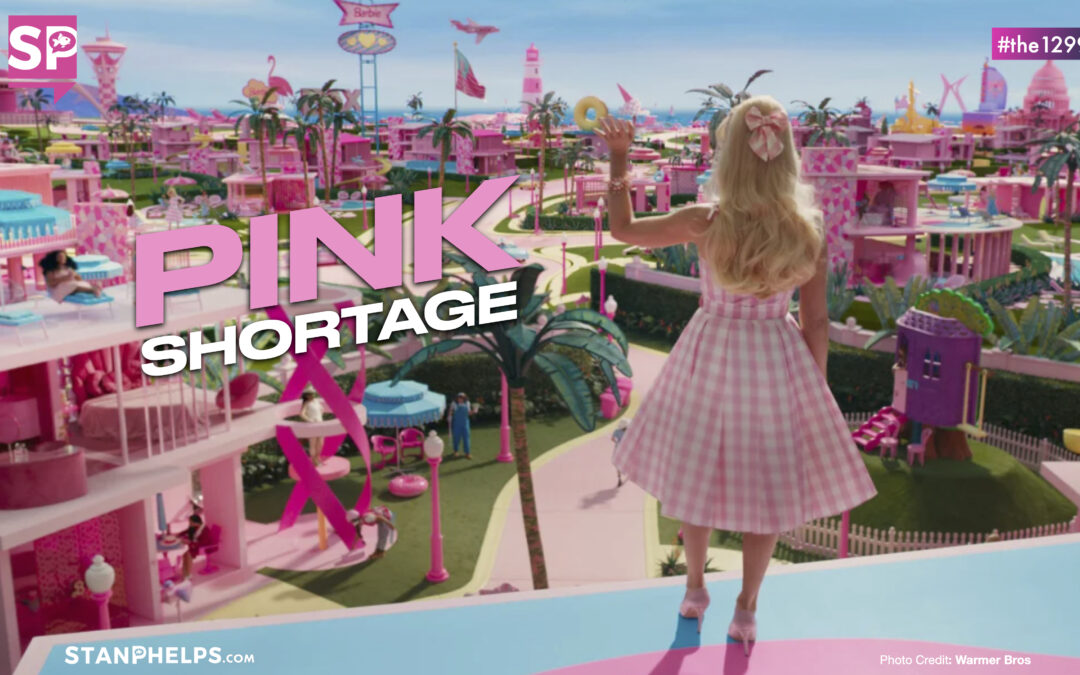It was because the movie decided to leverage the Pink Goldfish strategy of Lopsiding. Greta Gerwig, who directed and co-wrote the script with Noah Baumbach, told “Architectural Digest” that the color was all-important to the movie.
“Maintaining the ‘kid-ness’ was paramount. I wanted the pinks to be very bright, and everything to be almost too much.”
Double and triple down on uniqueness. That’s Lopsiding.
For background, PINK is an interesting color with a unique history…
Pink was first used as a color name in English in the late 1600s. Prior to that, there was no formal recognition that pink was even a color. Some still argue that, scientifically speaking, pink isn’t a color because it doesn’t exist in the light spectrum.
The golden age for pink was during the Rococo Period in the 1700s. Pastel colors became fashionable in all the courts of Europe. Pink was particularly championed by the mistress of Louis XV, Madame de Pompadour.
Throughout the 1800s and into the early 1900s, pink ribbons or decorations were often worn by young boys in England. That’s right. Boys. They were considered small men, and while men in England wore red uniforms, boys wore pink. Pink was seen as a more masculine color than light blue. Let that sink in for a minute. Pink was considered masculine.
A 1918 article in “Ladies Home Journal” explained that “the generally accepted rule is pink for the boys and blue for the girls. The reason is that pink, being a more decided and stronger color, is more suitable for the boy, while blue, which is more delicate and dainty, is prettier for the girl.” Pink was strong. Blue was delicate. Theories to explain this have varied over the years, but it’s generally believed that blue was associated with the Virgin Mary, hence its more feminine connotations, while pink was linked to red, which was seen as a strong and masculine color.
It wasn’t until the mid-1900s that people started choosing pink for girls and blue for boys. This became the accepted norm in the 1940s. The tipping point for pink occurred in 1953. First when the new First Lady of the United States, Mamie Eisenhower, wore a pink gown for the presidential inauguration of her husband, Dwight D. Eisenhower. Then Marilyn Monroe immortalized the color with her iconic pink satin dress while singing “Diamonds Are a Girl’s Best Friend” in the movie “Gentlemen Prefer Blondes.”
In other words, the current mainstream belief that pink is a female color and that blue is a male color is less than 100 years old.
In the book, “Pink: The History of a Punk, Pretty, Powerful Color” by Valerie Steele, she explains that “the pinkification of girl culture really took off in the 1970s and 1980s when Mattel, Inc. had Barbie acquire a new, predominantly pink wardrobe.” More and more, pink was associated with youthful femininity.
What are you lopsiding?

